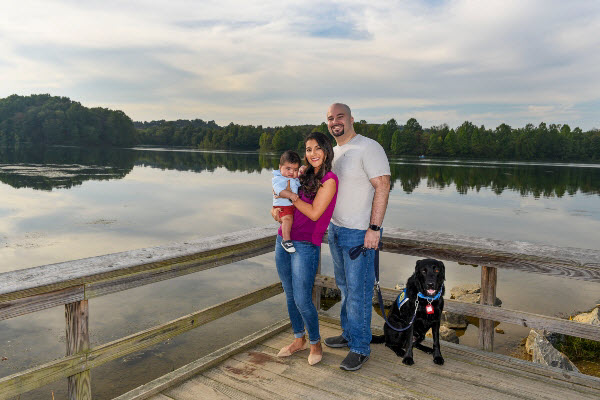Living with Wounds After Service

Brave men and women responded swiftly to the terrorist attacks on 9/11. Some didn’t care what it took, and others had no idea what impact their service would have on their lives. With the advancements in medicine, many servicemembers have survived wounds that previously would have been a death sentence. These trailblazers had to learn to live again — because there was no plan.
As of August 2020, 40% of post-9/11 veterans had a service-connected disability, compared with 26% of all veterans, according to a Bureau of Labor Statistics report. Every day, 44 of those veterans register with Wounded Warrior Project® (WWP) for programs and services to help them cope with visible and invisible injuries.
Connect with WWP for help managing visible and invisible wounds.
The wounds veterans can return home with are countless. Many are physical — lost limbs and burns. Others are less apparent — hearing loss, traumatic brain injury (TBI), or military sexual trauma (MST). When interacting with a veteran, don’t make assumptions about their experiences just because of how they look.
Learn more about the wounds veterans live with in the June issue of Homeland Magazine.
Contact: Rachel Bolles — Public Relations, rbolles@woundedwarriorproject.org, 904.760.2425
About Wounded Warrior Project
Since 2003, Wounded Warrior Project® (WWP) has been meeting the growing needs of warriors, their families, and caregivers — helping them achieve their highest ambition. Learn more.